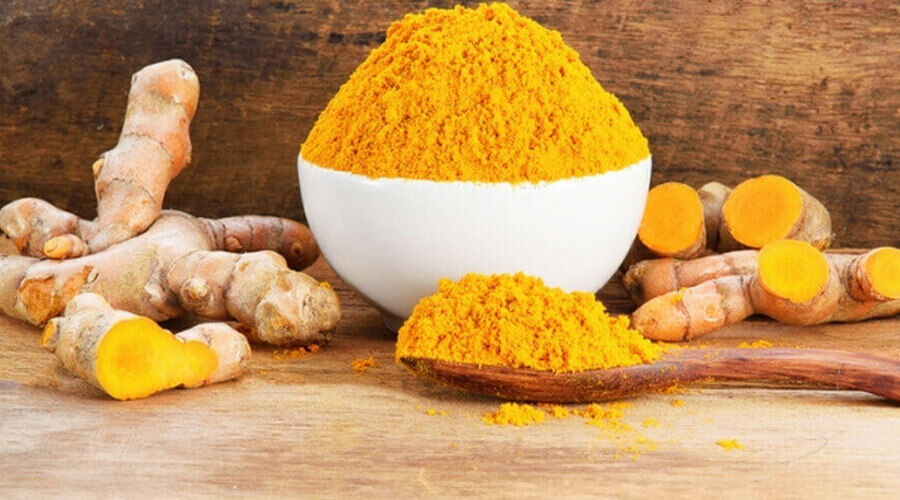
Curcumin, which is the main active ingredient in turmeric, can also be beneficial for the brain and memory. Curcumin’s effects are mainly due to its anti-inflammatory and antioxidant properties.
Inflammatory diseases of the brain and nervous system, such as Alzheimer’s disease, Parkinson’s disease and cerebral arteriosclerosis, are all consequences of inflammation. In such diseases, the underlying cause is the death of brain cells (neurons) and damage to the nerve cell network. Antioxidants, such as curcumin, can help reduce inflammation and protect the brain from oxidative damage.
Curcumin can improve brain function and brain functions such as memory, mood and alertness.
Studies show that consuming curcumin improves brain plasticity, which means the brain’s flexibility and allows the brain to adapt more easily to new situations. In addition, curcumin can help increase levels of neurotransmitters in the brain, such as dopamine and serotonin, which are key to regulating brain function.
One major study suggests that curcumin may help reduce the risk of Alzheimer’s disease, a disease that involves the death of nerve cells in the brain and memory loss. Curcumin may help clear beta-amyloid plaques, which are involved in the development of Alzheimer’s disease. In addition, curcumin can reduce inflammation in the brain, a key feature of Alzheimer’s disease.
Other benefits of turmeric and curcumin include reducing the risk of cardiovascular disease, relieving arthritis, improving symptoms of diabetes, boosting the immune system and reducing inflammation in the body.
In order for curcumin to work effectively, it is important to consume them in the right dosage.
The recommended dose is usually 500-2000 mg of curcumin per day, which is equivalent to about 1-2 teaspoons of turmeric powder. It is important to note that curcumin is absorbed in the body only to a limited extent. So in addition to supplements containing curcumin, it is recommended to consume foods with a higher curcumin content, such as curry, turmeric milk, or turmeric coffee.
However, a common problem with research on curcumin is that results are not always generalisable and efficacy is difficult to measure adequately, as much of the research is based on laboratory animal studies or small human samples. In humans, the absorption and bioavailability of curcumin depends on the dosage and form of food or supplements, and efficacy may vary from individual to individual.







